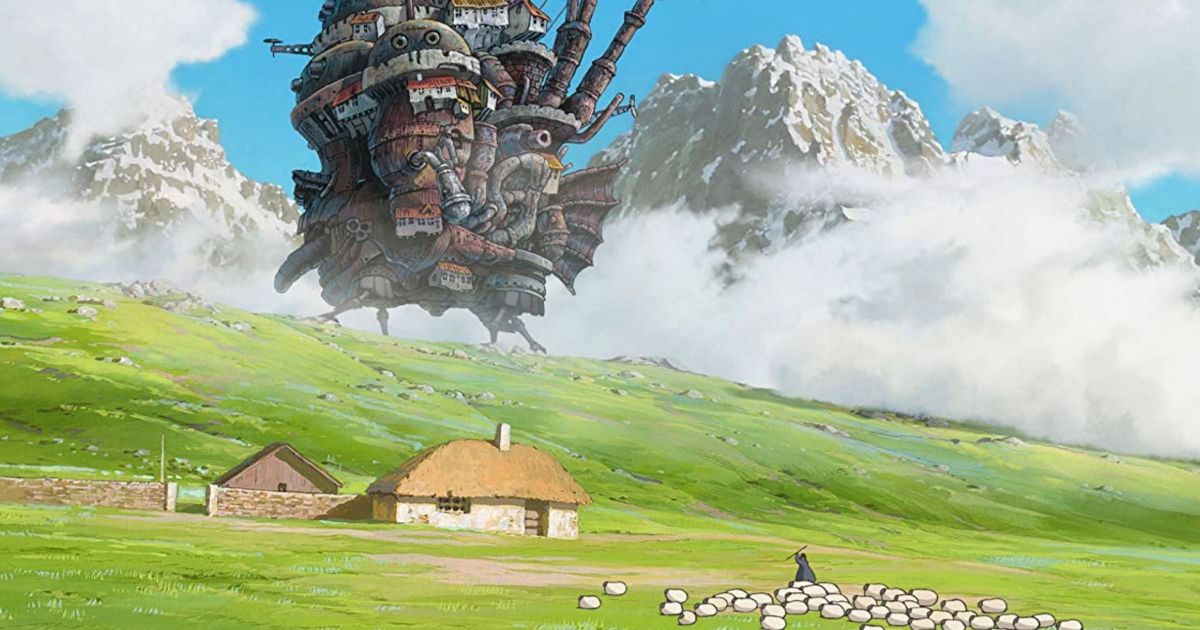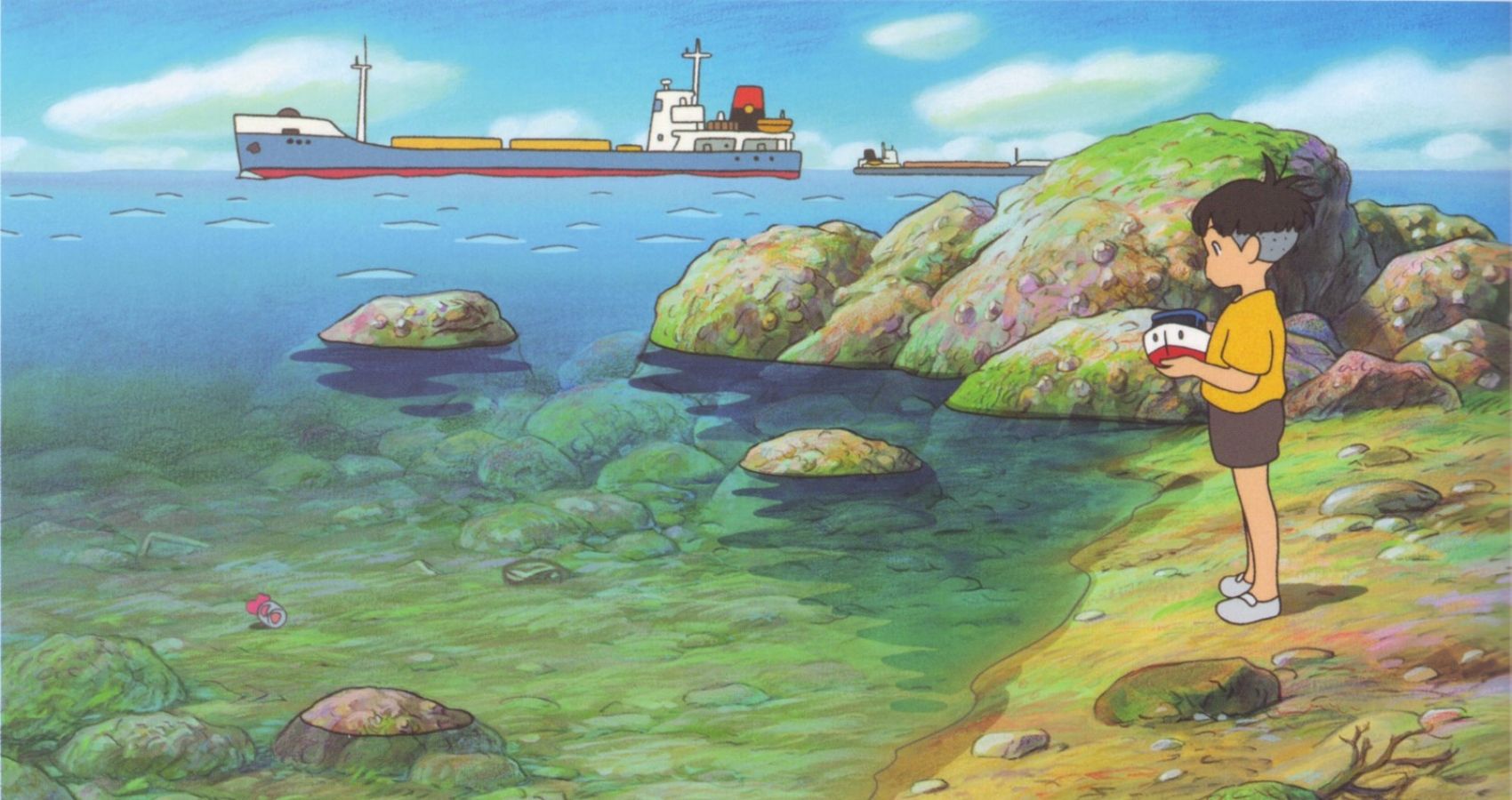Jules Verne is a household name when discussing classic science fiction authors. He is arguably held in the same regard as his predecessor, Mary Shelley, with her pioneering work, Frankenstein. Among his many classics is the famous title, 20,000 Leagues Under the Sea, which tells the story of a French scientist, his assistant, and a whaler as they find themselves aboard the mysterious Captain Nemo's submarine. Said submarine, the Nautilus, a height of engineering and almost impossibly advanced for its time, takes Nemo and company on a tour of the world's oceans. They encounter mysteries and marvels such as the lost city of Atlantis, underwater tunnels, and amazing sea creatures.
The most recognizable version of the story, barring the original book, is the 1954 Disney-produced film of the same name. It was directed by Richard Fleischer and was released to a highly receptive audience. However, going forward with the IP, in this day and age of remakes and reboots, how should a new potential movie adaptation of 20,000 Leagues Under the Sea be handled? The answer is that it should be handled by an animation studio that can reliably deliver on its sense of wonder and intrigue. And the animation studio with the best track record in this regard is none other than Studio Ghibli.
The Inventive Technology Is Nothing New to Studio Ghibli
Hayao Miyazaki, Ghibli's founder and mainstay director, has helped deliver stunning animation to theaters worldwide. However, strictly speaking, as an artist, he specializes in designing wonderful machines, his trademark being aircraft. Such examples of this can be found in films like The Wind Rises, Ponyo, Howl's Moving Castle, and Nausicaa of the Valley of the Wind. Therefore, there would be no controversy to state that the studio founded by Hayao Miyazaki would excel in designing the technology present in 20,000 Leagues Under the Sea.
The Nautilus, Captain Nemo's submarine, which he had designed in secret from the rest of the world, boggles the minds of the three newcomers: Arronax, Ned, and Conseil. However, from a 21st (or even 20th) century point of view, the Nautilus doesn't even begin to break the threshold of "unbelievable." While the technology and engineering described in the book might have their own errors and misconceptions, it certainly still feels like an attainable piece of machinery. So while the Nautilus may not be as impressive anymore to modern viewers, with the proper animation and design, the magic of it could be reignited.
Take the titular castle from Howl's Moving Castle, for instance. While it certainly is impossible (as the castle is powered by magic), there's still a feeling that eventually, someone could make an approximation through science with the right amount of money and resources. This is the crux of why Studio Ghibli is the natural choice to adapt 20,000 Leagues Under the Sea. Ghibli is able to design impossible, just-out-of-reach pieces of technology. And that sums up the way Verne has designed the Nautilus -- impossible, but still just out of reach.
The Beauty of the Sea Is Best Captured Through Animation
While the medium of live-action has certainly delivered us some of the greatest stories to ever grace the silver screen, undoubtedly, there are times when animation can surpass live-action at every turn. This is because, by definition, animation can encapsulate anything, whereas live-action still must abide by certain limitations. Moreover, animation is certainly superior at capturing "the impossible." People, beings, and objects within animation are only limited by the animators' minds and can effortlessly blend into the world of their story.
Therefore, the marvels of the sea, as described in Jules Verne's book, would be best left in the hands of animation. The reason why Studio Ghibli, in particular, should take the reins in this adaptation is that they have a proven track record in creating wondrous worlds and even have a history in depicting the ocean. Miyazaki's magnum opus, Spirited Away, follows a young girl as she navigates working in a bathhouse in the spirit world all while trying to find a way to get back home to her parents. The bizarreness of the spirit world is on full display, and the audience truly feels as if they are discovering and (barely) understanding this strange and mystical realm along with the protagonist. This way of storytelling would translate nicely into an adaptation of 20,000 Leagues Under the Sea, where the mysteries of the ocean take center stage.
Speaking of the ocean, Miyazaki's Ponyo tells a rather wholesome story about a young boy who befriends a girl who began her life as a magic fish born from a goddess. While the pollution of the ocean is at the forefront of this movie, it still accomplishes presenting the sea through a childlike, wondrous lens. And while childlike is not necessarily the lens Verne himself presents the ocean through, an approximation would suffice, one that Studio Ghibli can certainly deliver on.



